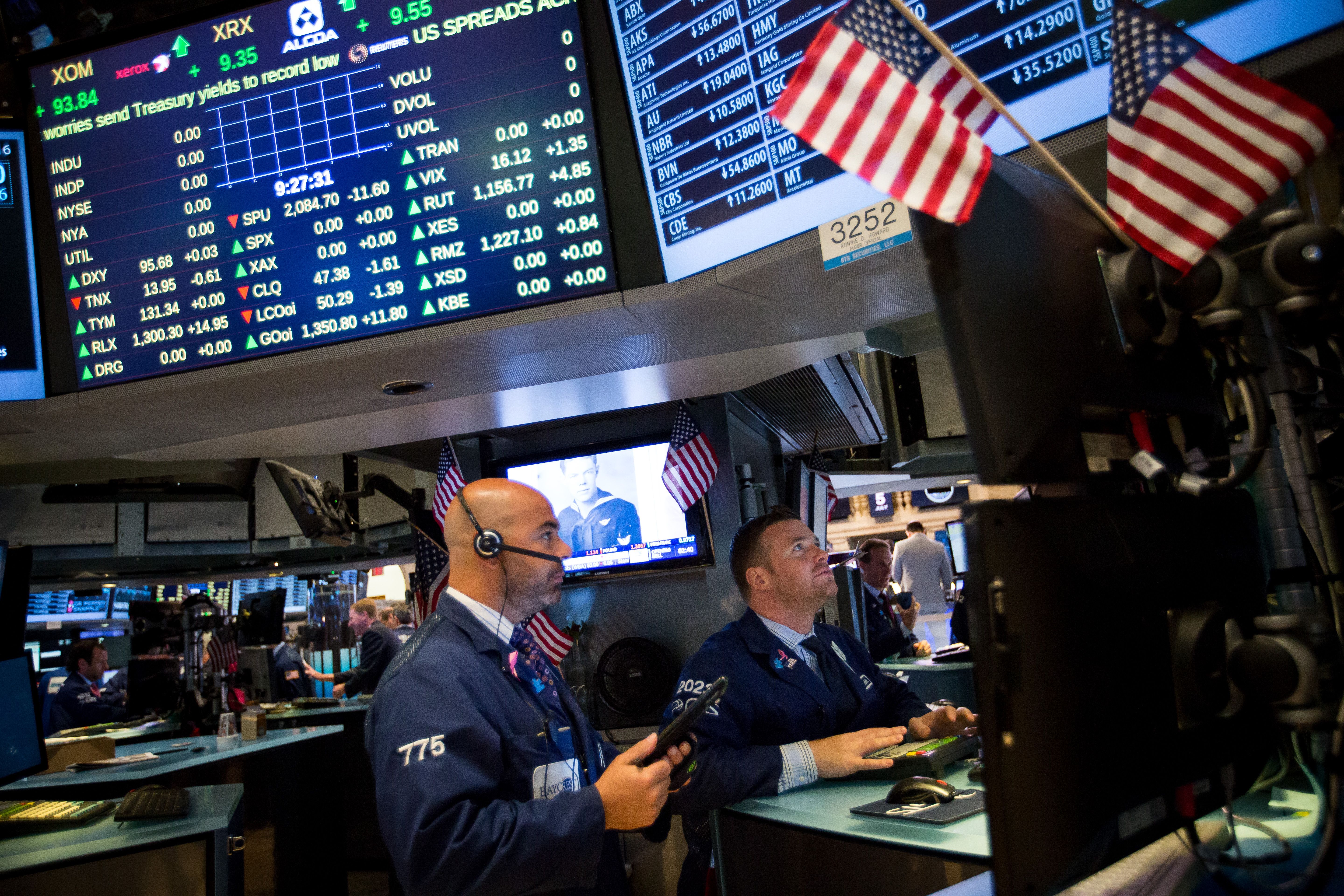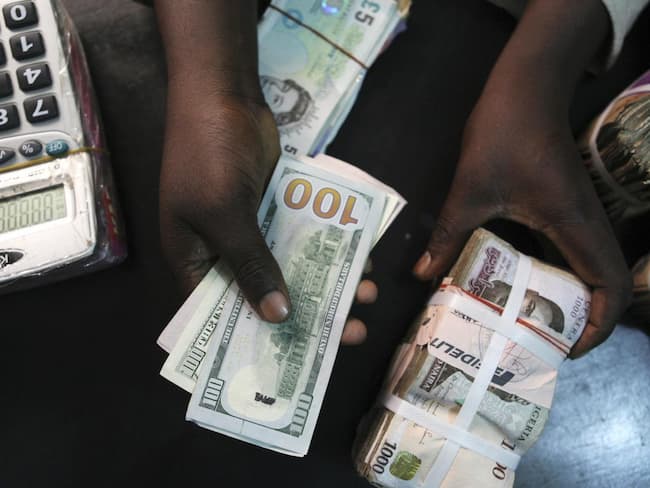Global Stock Markets were ending 2017 in a cheerful mood on Friday, December 29, after a year in which a concerted pick-up in global growth boosted corporate profits and commodity prices, while benign inflation kept central banks from snatching away the monetary punch bowl.
MSCI’s world equity index, which tracks 47 countries, .MIWD00000PUS inched up 0.15 percent as six straight weeks and now 13 straight months of gains left it at yet another all time high.
The index has been on an upward trajectory for pretty much all of 2017, putting it 22 percent and almost $9 trillion higher for the year.
Emerging markets have led the charge with gains of 34 percent .MSCIEF. Hong Kong .HSI surged 36 percent, South Korea .KS11 notched up 22 percent and India .BSESN and Poland .WIG20 both made 27 percent in local currency terms.
Japan’s Nikkei .N225 and the S&P 500 are both ahead by almost 20 percent, while the Dow has risen by a quarter. In Europe, the German DAX .GDAXI has gained nearly 14 percent, though the UK FTSE .FTSE has lagged a little with a rise of 7 percent.
Craig James, chief economist at fund manager CommSec, said of the 73 bourses it tracks globally, all but nine have recorded gains in local currency terms this year.
“For the outlook, the key issue is whether the low growth rates of prices and wages will continue, thus prompting central banks to remain on the monetary policy sidelines,” said James.
“Globalization and technological change have been influential in keeping inflation low. In short, consumers can buy goods whenever they want and wherever they are.”
Yet there are reasons to suspect that times this good cannot last.
An index from State Street that gauges investor risk appetite by what they actually buy and sell, suffered its six straight monthly fall in December.
Italian government bond yields – which move inverse to price – rose to fresh two-month highs on Friday at 1.978 percent. They started the year at just over 1.8 percent but are still well under the highs of 2.5 percent hit back in March.
U.S. dollar bulls have not been nearly so fortunate this year. The widely held assumption at the start of the year was that, with the Federal Reserve set to raise interest rates further, the only way for the dollar was up.
Measured against its major peers the dollar has shed more than nine percent so far this year, putting it on track for its biggest annual loss since 2003 .DXY.
The dollar even backtracked on the yen despite the Bank of Japan staying doggedly committed to its super-easy monetary policy. As of Friday, the dollar was down 3.5 percent for the year at 112.74 yen JPY=.
Everything from coal to iron ore has reaped gains, with copper a stand-out performer in part due to expectations of rising demand for the mass production of electric vehicles.
The metal was near a four-year peak on Friday at $7,284 a tonne CMCU3. It is up more than 30 percent this year and on course for its largest annual rise since 2009.
Gold XAU= has struggled somewhat this year against a background of subdued global inflation, but at $1,295.18 an ounce was still on track to end 2017 with gains of more than 12 percent.














